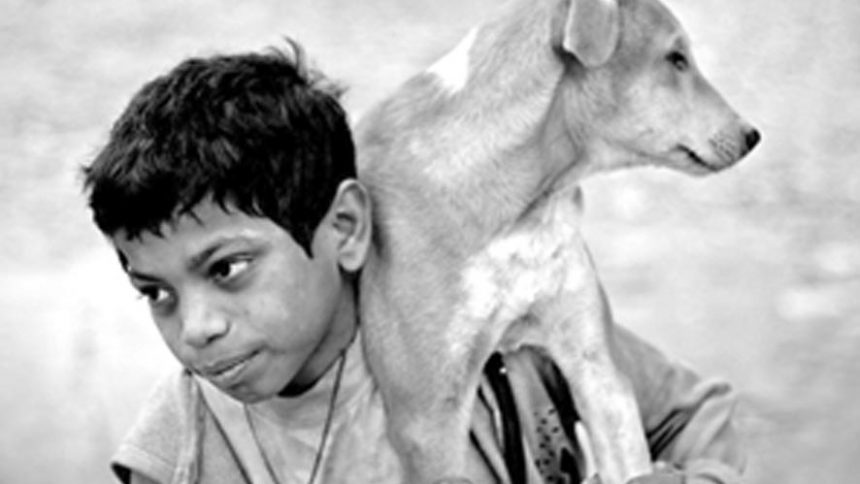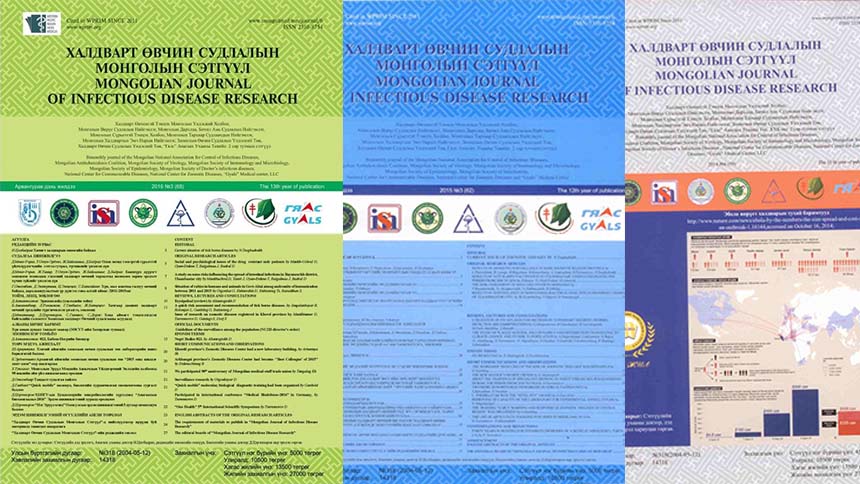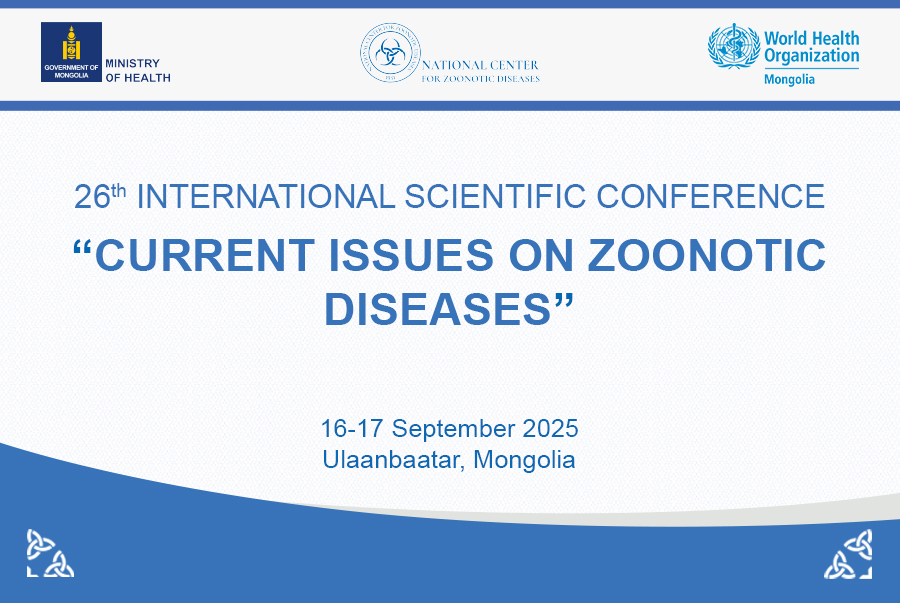15 January 2018 | Geneva −− The new WHO recommendations for rabies immunization supersede the 2010 WHO position on pre-exposure prophylaxis (PrEP) and post-exposure prophylaxis (PEP) for rabies. These updated recommendations are based on new evidence and directed by public health needs that are cost-, dose- and time-sparing, while assuring safety and clinical effectiveness. In addition, new guidance on prudent use of rabies immunoglobulin (RIG) is provided.

The following sections summarize the main points of the updated WHO position as endorsed by the Strategic Advisory Group of Experts on immunization (SAGE) at its meeting in October 2017. The full version of the WHO position on rabies vaccines and immunoglobulins will be published in the Weekly Epidemiological Record in April 2018.
Rabies prevention involves two main strategies: (i) dog vaccination to interrupt virus transmission to humans; and (ii) human vaccination as a series of vaccine administrations before an exposure or following an exposure. Currently, rabies vaccines made from inactivated cell cultures are extremely well tolerated and have no contraindications.
Post-exposure prophylaxis (PEP)
Individuals with WHO category II or III exposures should receive PEP without delay.
The WHO rabies exposure categories are:
- Category I: Touching or feeding animals, licks on intact skin;
- Category II: Nibbling of uncovered skin, minor scratches or abrasions without bleeding;
- Category III: Single or multiple transdermal bites or scratches, contamination of mucous membrane or broken skin with saliva from animal licks, exposures due to direct contact with bats .
PEP consists of the following steps:
- All bite wounds and scratches should be attended to as soon as possible after the exposure; thorough washing and flushing of the wound for approximately 15 minutes, with soap or detergent and copious amounts of water, is required. Where available, an iodine-containing, or similarly viricidal, topical preparation should be applied to the wound.
- RIG should be administered for severe category III exposures. Wounds that require suturing should be sutured loosely and only after RIG infiltration into the wound.
- A series of rabies vaccine injections should be administered promptly after an exposure.
















